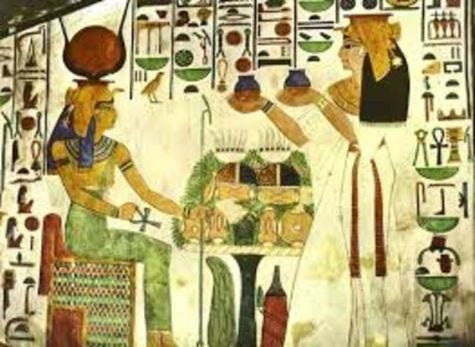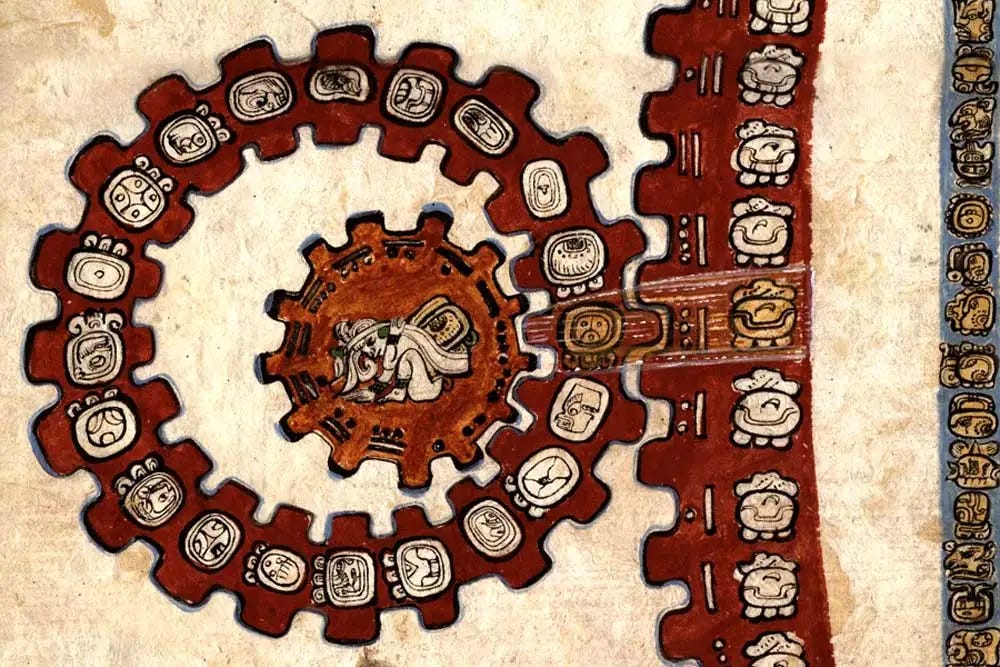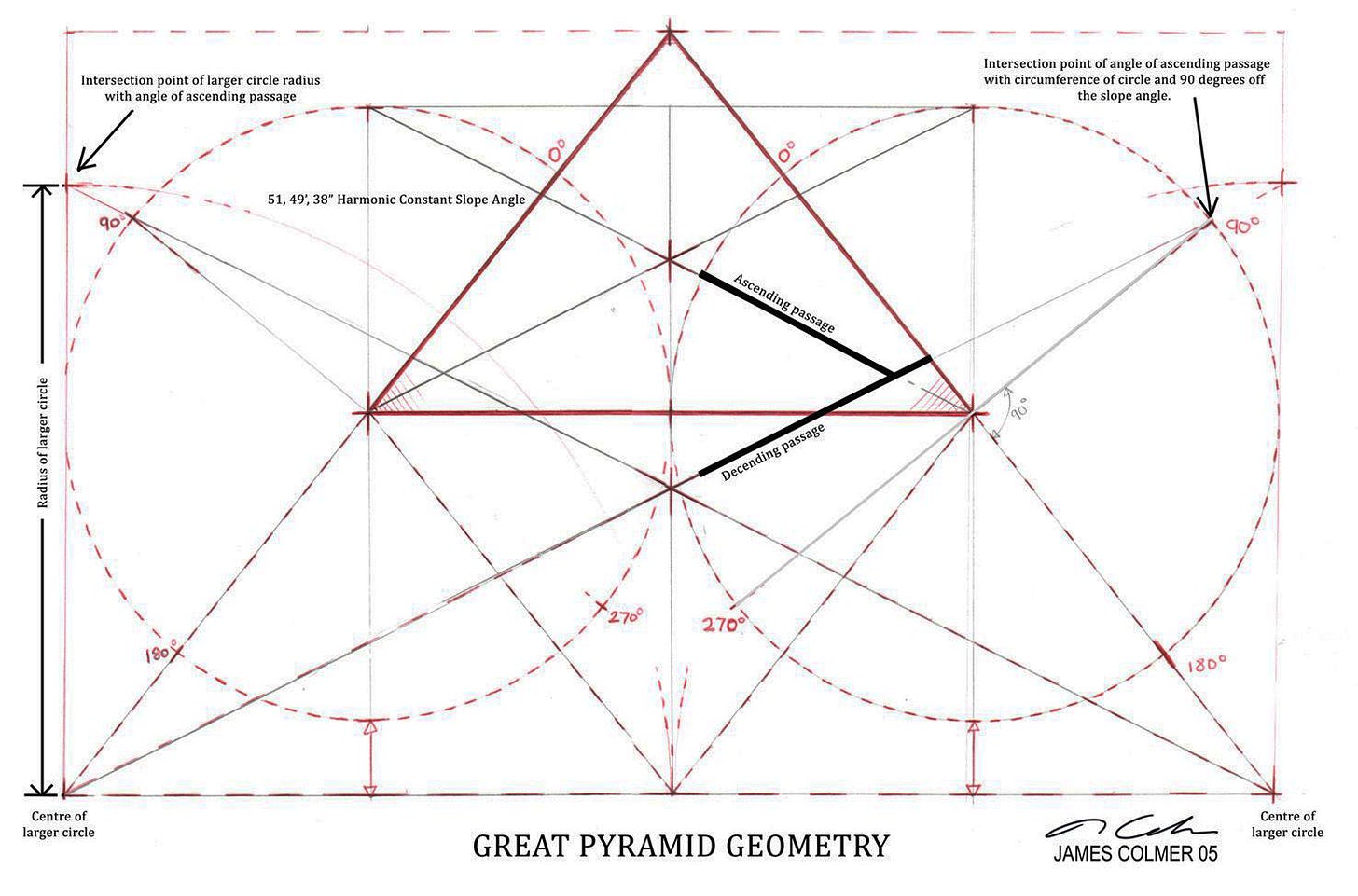
If you were fortunate enough to attend school in in America in the Nineteenth Century you would have learned Greek or Latin (or both) as well as the history of civilization, logic, mathematics, Aristotelian philosophy, classical Greek literature, writing and discourse in addition to Euclidean geometry, elements of biology and, if you had time, French.
Whatever pain you had to suffer in the process was worth it because you came away from it educated. You had a grasp of those things in life preceded by the word “why?”
Having a rich understanding of the past provides a strong foundation for knowing the world around us.
Having a misunderstanding of the past can cause us to believe that snake oil cures cancer and the sky is falling.
Today the past is brushed under the rug by professors of nonsense who make fortunes pushing tribalist politics, earth-threatening hoaxes and outright lies. Moreover, the past is largely deemed irrelevant by modern educators who assume we are smarter than earlier humans because we have the internet and cell phone computers and hydrogen bombs and electric cars and microwave ovens and can land people on the moon and send little remote jeeps rambling around aimlessly on Mars.
So you don’t have to learn how to learn. You just need to sit down and behave.
Pseudo-science programs on TV keep reinforcing the notion that humans couldn’t possibly have known how to build Stonehenge or the Pyramids . No, they must have been made by beings from outer space who also devised the Mayan Calendar and the walled structures at Machu Picchu, and made the Nazca lines in Peru and the great temples at Cambodia’s Angor Wat and discovered antibiotic treatments 3,000 years ago and developed a computer which could track the movements of the universe both forward and backward in time 200 years before Christ!
Surely, no mere primitive humans on this planet could have done all that!

In the summer of 1901, a strange, boxed mechanism was found in an ancient shipwreck by sponge divers on the floor of the Aegean Sea, adjacent to the Greek island of Antikythera. This artifact was composed of various, hand-tooled, teethed bronze gears which scientists discovered were used to track the positions of the moon, sun, stars and planets and is now known as the first machine computer, dated to over 2,000 years ago. It’s called the “Antikythera Mechanism” and it is truly one of the world’s wonders.

Thousands of miles across the earth from Greece, Mayan astronomers had perfected a calendar which, although not a physical mechanism, could do the same thing abstractly. The accuracy of this calendar surpasses anything developed later, including our own modern calendar.

Could simple humans living thousands of years ago have made such things? One famous Swiss author definitely thinks not. He is Erich Von Daniken, one of the leading proponents of ancient contact by astronauts from other worlds and related theories of engineers from outer space who created the earth’s most inexplicable marvels.
Early in his career, Von Daniken was convicted and served time for several counts of embezzlement and fraud and wrote one of his manuscripts in prison. At the age of 19, he was given a four-month suspended sentence for theft, after which he moved to Egypt where set about trying to de-bunk the origin of the Pyramids. While doing his debunking in Egypt he was sentenced to nine months in prison for fraud and embezzlement. Upon his release he became the manager of a hotel in Davos, Switzerland, where he wrote Chariots of the Gods between ordering hotel supplies and checking the towel inventory.

You might wonder whether Von Daniken got his broad knowledge of ancient spaceships by studying hotel janitorial supply manuals or from the operation of spin washers in the prison laundry. Did he stumble across it while practicing embezzlement? Did his knowledge of pyramid building come from his years of practicing theft in Switzerland? Perhaps the best one to answer such questions would be Wilhelm Utermann, former editor of the Nazi party’s newspaper, Volkischer Beobacter and a best-selling Nazi author who wrote Von Daniken’s books as a ghostwriter and who took any answer to his grave in 1991.
The ancient Greeks had a simple word for the arrogant over-confidence of extreme pride which they named “hubris” and which we can see all around us daily in the selfish pursuit of power, the willful destruction of tradition, morals and sacred beliefs which have sustained people for thousands of years … and also in the assumption that we are more intelligent than our forebearers who lived and made smart things many long centuries ago.

Years ago a segment of the old “Star Trek” program featured spaceship “Enterprise” crew members interacting with leaders of the famously stupid “Pakled” race in which a Pakled member kept repeating the phrase, “we are smart, we are smart!”
In the series, Pakleds were cast as the absolute, hands-down dumbest individuals in the Universe who acquired technology unwittingly. However, the Pakleds in this episode were at considerable pains to prove themselves intelligent so they kept repeating the words, “we are smart.”

(There is an excellent example of wrong thinking that most of us routinely encounter about the origin of certain very popular foods. Below the paywall, I give you a classic example of one of these and a famous recipe which shows you how to enjoy it. I make it frequently and I think you’ll like it as much as much as I do.
Please do consider becoming a paid subscriber. This publication runs on a shoestring to bring you unique, informative and fun content every week and paid subscriptions make it possible to continue.)
Keep reading with a 7-day free trial
Subscribe to Eat Your History to keep reading this post and get 7 days of free access to the full post archives.





